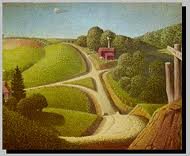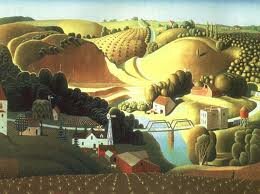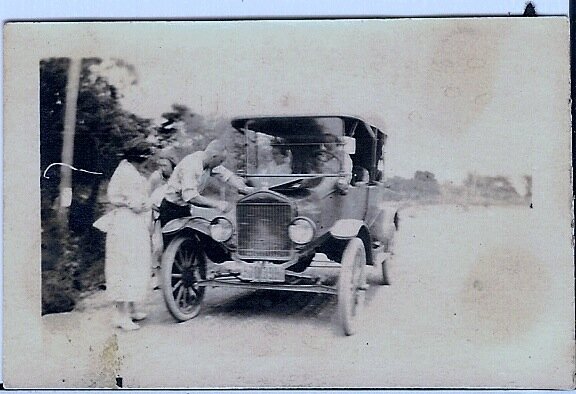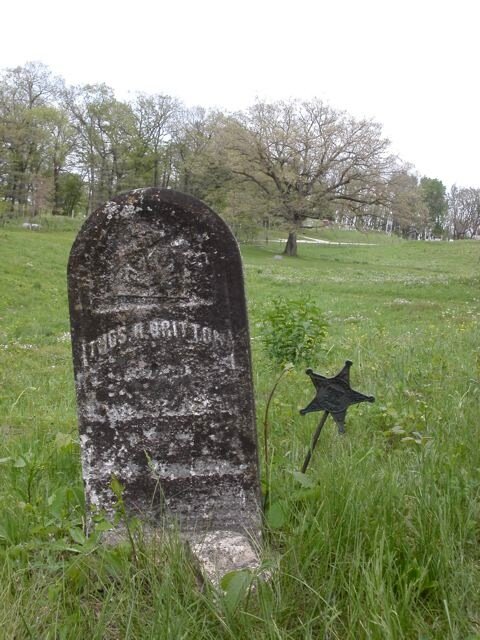I'm hoping for a traditional blooming midwest spring when I visit there next week. Today's Why Iowa comes from an email I received from Kara Backlund who described her Iowa day to me. Stunning. And she sent photos.
 dogwoodThe dogwood leaves are much bigger than a mouse's ear, and the lilac buds are growing but still very small. Tulips and hyacinths are blooming, yarrow sprouting, mint resurrecting, dandelions staking their claim. You will be landing, to use a midwestern phrase, smack dab in the middle of a prairie spring!
dogwoodThe dogwood leaves are much bigger than a mouse's ear, and the lilac buds are growing but still very small. Tulips and hyacinths are blooming, yarrow sprouting, mint resurrecting, dandelions staking their claim. You will be landing, to use a midwestern phrase, smack dab in the middle of a prairie spring!
 grape hyacinthI met Kara when she moved to Cedar Rapids from St. Pierre, Manitoba where she taught college English. She is not only a great reader and writer (check out Kara's blog A Peculiar Influence, about her challenge to read a classic a week), she is also an extraordinary baker. grape hyacinthI met Kara when she moved to Cedar Rapids from St. Pierre, Manitoba where she taught college English. She is not only a great reader and writer (check out Kara's blog A Peculiar Influence, about her challenge to read a classic a week), she is also an extraordinary baker.
I loved this story Kara told me about her baking life so will share it with you, too. To see photos and find out where to buy her baked goods, join Pumpernickel Place on Facebook.
I grew up watching my mom and grandmas bake. I remember sitting at my paternal grandma's formica kitchen table in her log cabin in Alaska while she shaped 20 loaves of bread; her weekly baking! My other grandma made a pie every day and always packed a piece in my grandpa's lunch box, which made the other guys on his crew of the Illinois Highway Department a little jealous. She approached the daily pies and all her other baking and canning in a matter of fact way. I never felt that there was anything mysterious or complicated about baking; it was just something that people did, like cutting their own hair and changing the oil in their own cars.
After a few years of making cookies, I baked my first loaf of bread at age 20; as a poor grad student I found it was cheaper to make it than buy it and I made about 4 loaves of bread a week that year, and gave away many tins of cookies as Christmas gifts. My mom and I baked and decorated my 4 tier wedding cake.
Over time I taught myself, with my mother and grandmothers' help, to make yeast breads, cakes, pies, cookies, graham crackers and other things. In Manitoba, I never even thought of selling my creations because nearly everyone baked their own things. Suddenly when I moved to Cedar Rapids, there was demand!
Last year my stand at the farmers market was successful, and I hope for a similar response this year. I teach myself new recipes and techniques through books and youtube videos. Friends and family get to eat the mistakes, and the successes too. My newest (and oldest) fun ingredient that I haven't had a chance to use yet: a sourdough starter that journeyed the Oregon Trail in the 1800s!
| 












